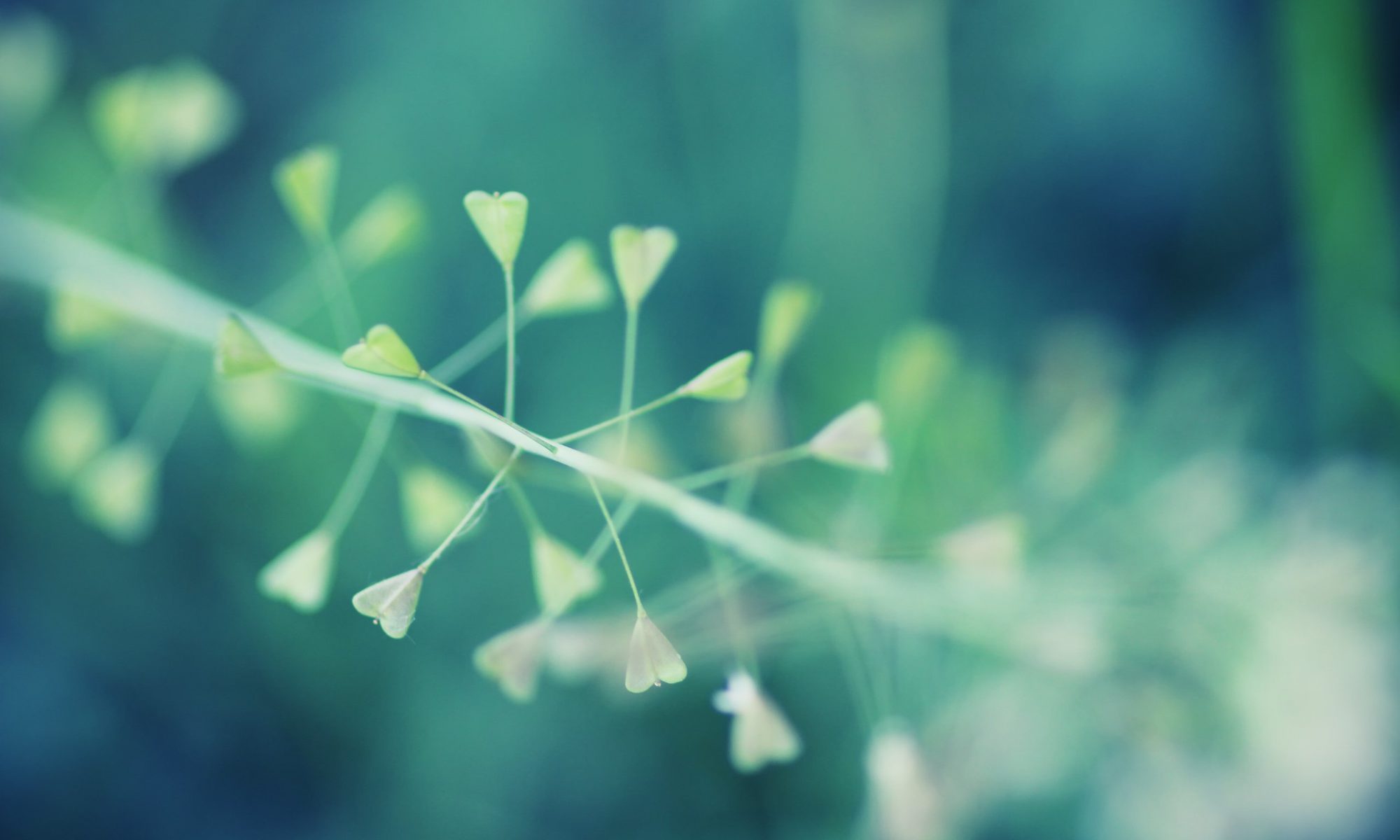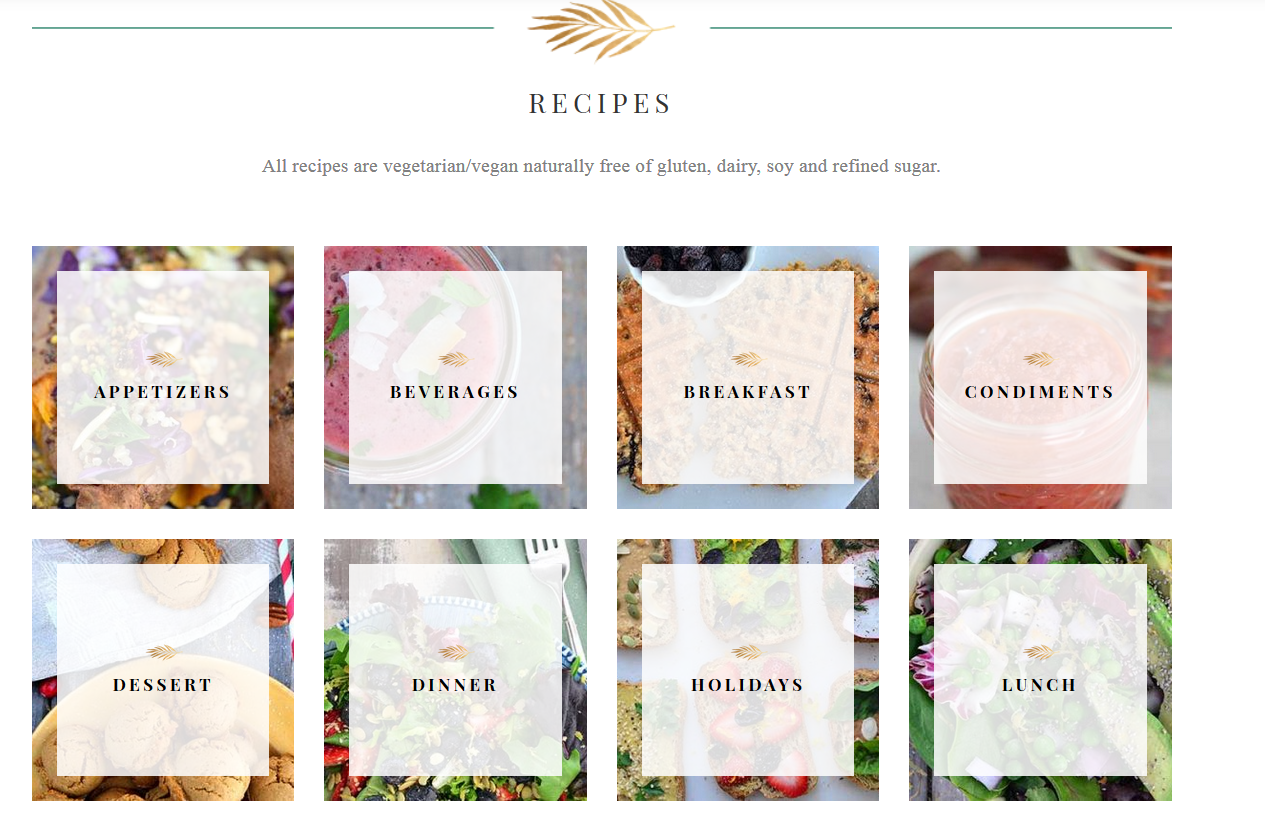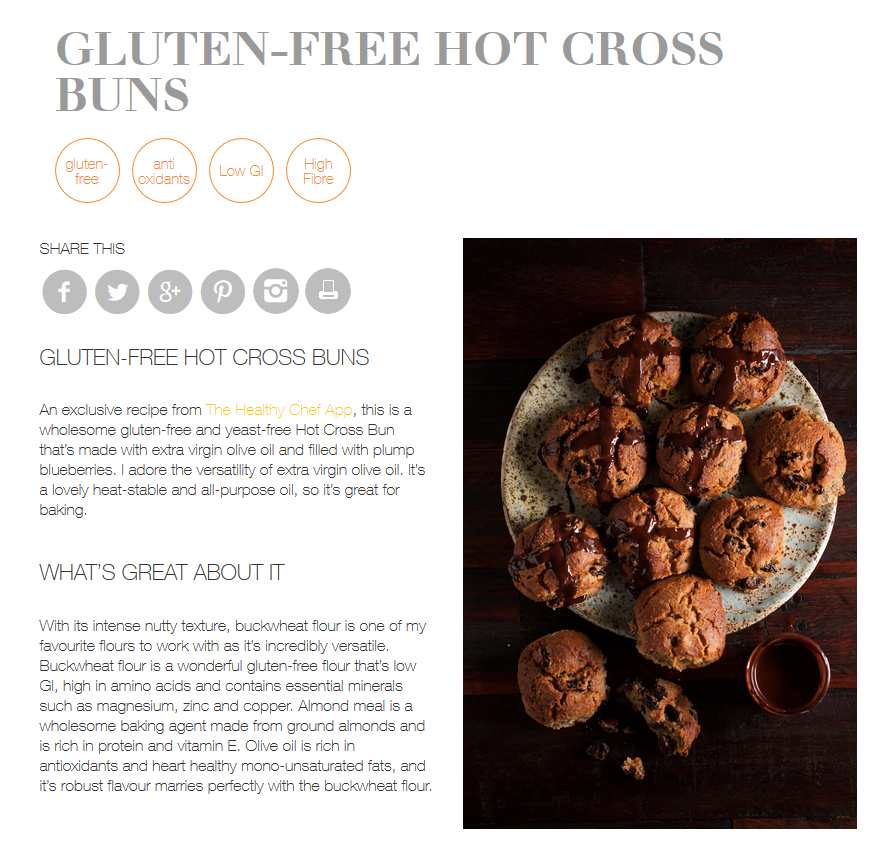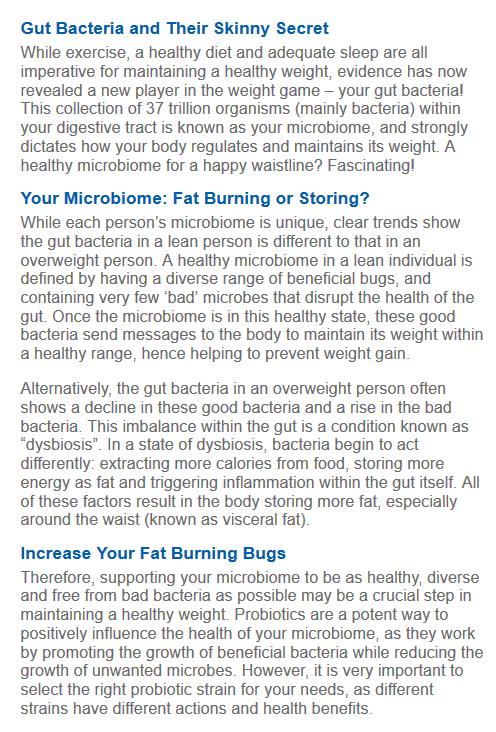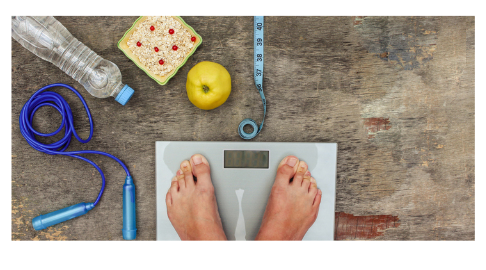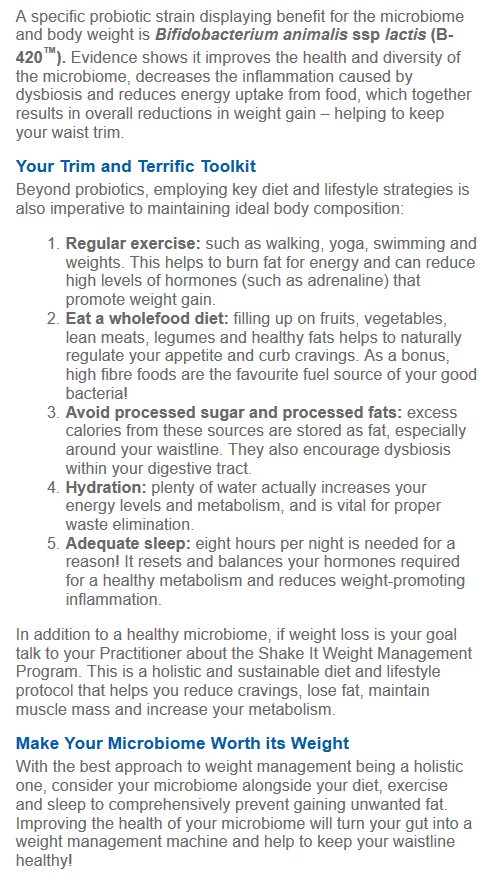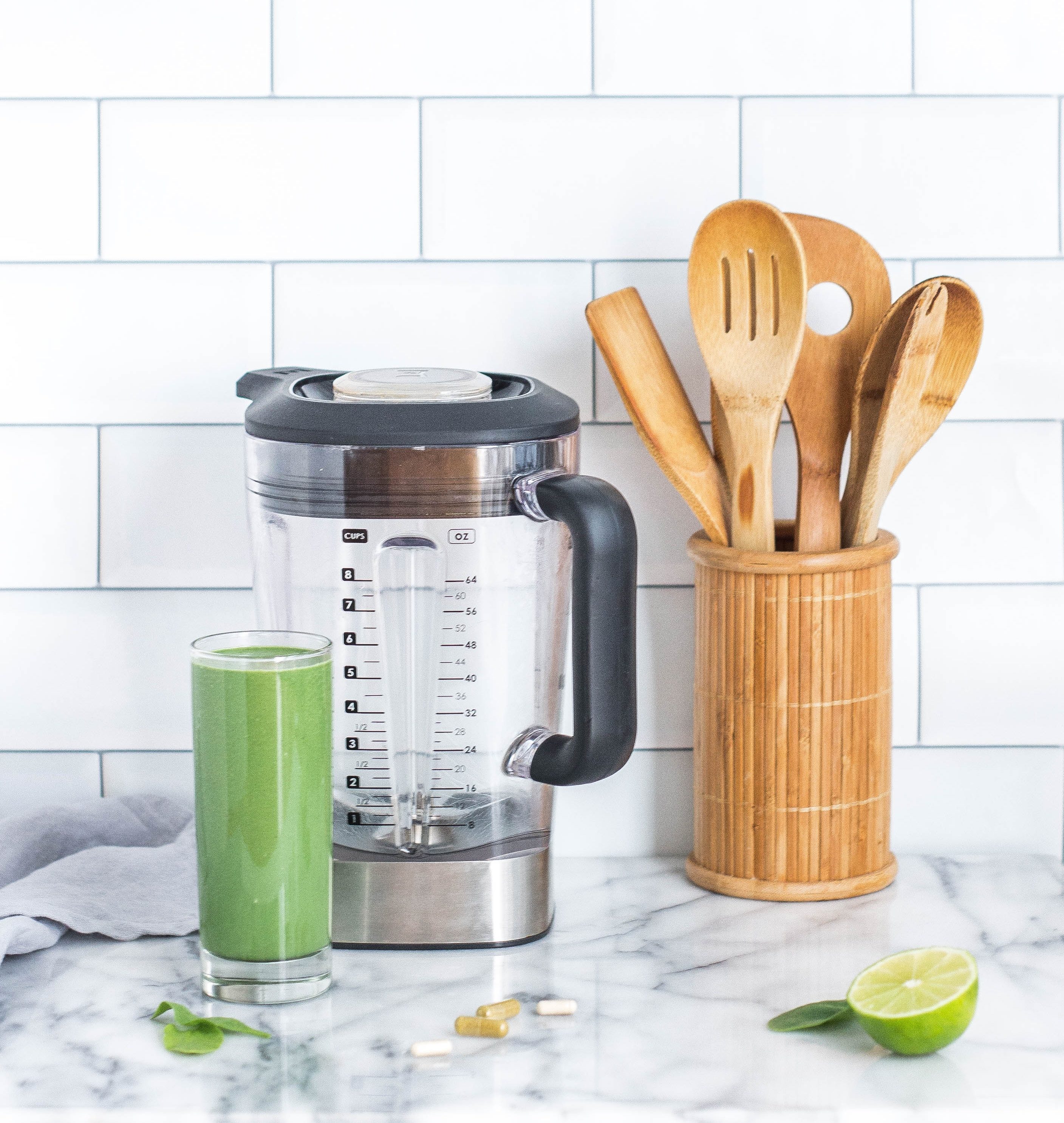
Smoothies are such an easy, healthy option for those with histamine intolerance. They work for breakfast, lunch, or anytime you want something both filling and refreshing. Unfortunately, a lot of fruits can be problematic for histamine issues. Here are 6 great smoothies for on-the-go nutrition.
ANTIHISTAMINE SMOOTHIES
All of the following smoothies are not only low histamine but also contain antihistamine and anti-inflammatory foods. They are also beautiful with their vibrant phytonutrient colors. Adjust flavors, make substitutions according to your tolerances and preferences, and enjoy.
GREEN APPLE GINGER
The peel of the apple is where some of its best antihistamine components are. Buy organic and keep the peel. Ginger stabilizes mast cells, so it’s a great spice to include regularly.
INGREDIENTS
- 1 apple (not peeled)
- 1/2 cup coconut milk (or any tolerated dairy free milk)
- 1-2 cups arugula or flat leaf kale (lower oxalate)
- ½ tbsp fresh ginger root, grated (all ingredients are optional…there’s dozens to choose from on my 28 day plan)
- dash of spirulina or chlorella (some find them too immune stimulating but they can also have mast cell stablising properties)
INSTRUCTIONS
- Place all ingredients in a high-speed blender and process until smooth.
- Taste and adjust the sweetness and spice, if necessary.
- Enjoy!
POMEGRANATE Cucumber
Pomegranate is a wonderful source of antioxidants as well as a mast cell stabilizer. Banana adds natural sweetness and creaminess. If you choose to add ginger, there’s another mast cell stabilizer acting in your favour.
Cucumber has antihistamine and prostaglandin inhibiting properties. Prostaglandin is an inflammatory agent released from mast cells along with histamine. High prostaglandin can augment the inflammatory effects of histamine on the body.
INGREDIENTS
- 1 pomegranate, seeds collected in a cup
- 1 cucumber
- Freshly grated ginger root, if desired
INSTRUCTIONS
- Place all ingredients in a blender and process until smooth.
- Enjoy!
MANGO ROCKET
Mango is a wonderful tropical fruit that has both antihistamine and anti-inflammatory properties. Arugula is another antihistamine ingredient which comes from the cruciferous family of vegetables. It is anti-inflammatory and has loads of vitamins and minerals.
INGREDIENTS
- 1 mango, peeled
- A handful of fresh arugula (rocket)
- 1 cucumber
- ½ cup water
INSTRUCTIONS
- Place all ingredients in a blender and process until smooth.
- Taste and adjust the sweetness and amount of water, if necessary.
- Enjoy!
For another Green Mango Smoothie, check out my post, Histamine, the Good Guy?
PURPLE SWEET POTATO SMOOTHIE
Sweet potato is high in histamine lowering rutin and quercetin, but please bear in mind it is very high oxalate if that’s something you’re watching. The purple variety has more of the antioxidant anthocyanin, which is also the phytonutrient in blueberries and red cabbage. Ginger adds mast cell stabilization power.
INGREDIENTS
- 1 cup cubed purple sweet potato (cooked and then refrigerated)
- 1 cup unsweetened and thinned coconut milk
- ½ Tbsp fresh ginger root, grated
INSTRUCTIONS
- Place all ingredients in a blender and process until smooth.
- Enjoy!
BLUEBERRY BASIL
Pterostilbene is a potent natural antihistamine found in plant foods — including blueberries. Basil is a well-known antihistamine herb that pairs well with the blueberries.
INGREDIENTS
- 1 cup frozen organic blueberries
- ½ – 1 cup water
- 2-3 leaves fresh basil
- 1 Tbsp coconut milk
- 1 Tbsp almond butter or other nut/seed butter
INSTRUCTIONS
- Place all ingredients in a blender and process until smooth.
- Taste and adjust the sweetness and spice, if necessary.
- Enjoy!
https://healinghistamine.com/6-smoothies-for-histamine-intolerance/
